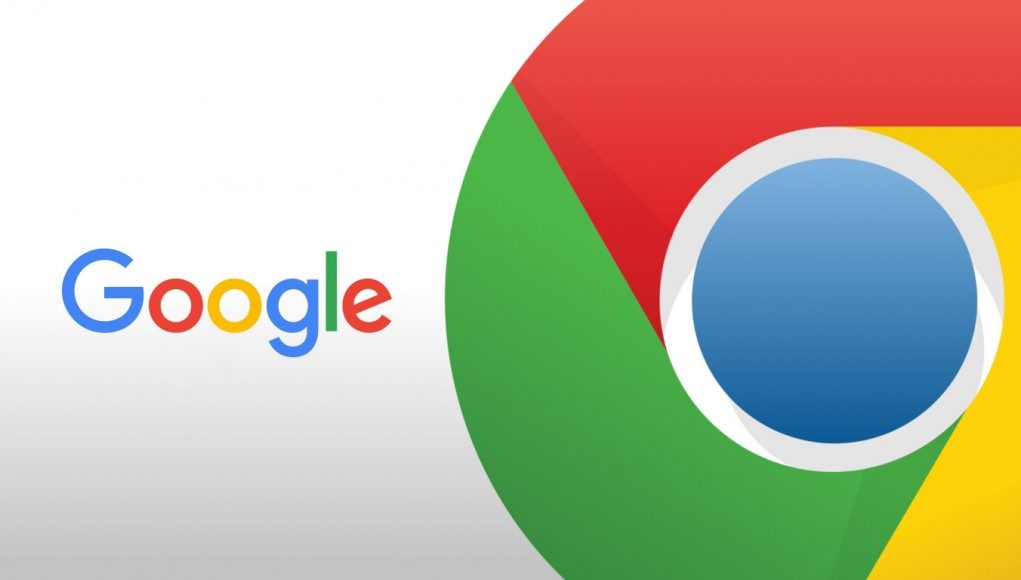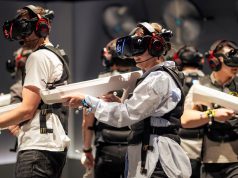Announced during the second day of Google’s annual I/O developer event, Daydream VR will soon have access to the Android Chrome web browser. Because of Chrome’s official support for WebVR, this means that users will be able to navigate their way to their next VR-optimised web experience without having to remove the headset.
Google has actively worked on bringing web-based content to VR for some time, having co-authored the WebVR specification (enabling rich VR content to be written with JavaScript and WebGL) three years ago, but the user experience has felt incomplete without proper browser support.
Soon, the Chrome browser will be available within Daydream, and it is the same application; sharing the same bookmarks, history, and login information as the ‘2D’ version you would normally use on your phone. The Daydream controller will enable easy navigation on any normal web page, and as soon as you hit WebVR content, it will launch into a more immersive mode. Eventually, the transition between 2D web pages and VR-optimised web content should become more seamless.
 AR features are also expected to make their way into the landscape of web browsing, starting with an experimental build of Chromium launching on GitHub today, which has WebAR features enabled. Andrey Doronichev, Product Director of VR and AR apps at Google, explained how it should work similarly to WebVR, “being able to easily integrate AR features into your existing websites so that as a developer, you don’t have the friction of teaching the user new behaviours or making them download a new app”.
AR features are also expected to make their way into the landscape of web browsing, starting with an experimental build of Chromium launching on GitHub today, which has WebAR features enabled. Andrey Doronichev, Product Director of VR and AR apps at Google, explained how it should work similarly to WebVR, “being able to easily integrate AR features into your existing websites so that as a developer, you don’t have the friction of teaching the user new behaviours or making them download a new app”.
As an example, he showed a shopping experience running in WebGL and Javascript from a Wayfair website, which allows the user to mark out their room space and then place a virtual item (only the ones that fit), such as a coffee table, to see if it suits the room before they buy.










